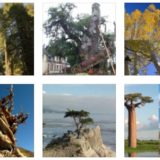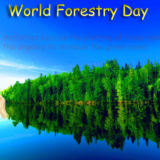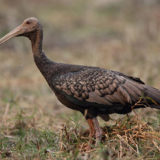‘Earthquake Island’ of Pakistan
‘Earthquake Island’, Pakistan
Amidst the destruction caused by the devastating earthquake in Pakistan that killed more than 500 people, a new island has emerged from the depth of the Arabian sea. Called Zalzala Jazeera, or a an earthquake island, the terrestrial formation can now be found 380 kilometers from the earthquake’s epicenter in Paddi Zirr Bay near Swadar, Pakistan in the Arabian Sea.
Scientists are still far from consensus, but most of them believe that the new piece of land is probably a mud volcano. A mud volcano is the most probable because Gwadar’s coastline already has several of the gurgling, steamy cones, both onshore and at sea. These things have appeared there in past . Mud volcanoes appear when sediments like silt and clay become pressurized by hot gas trapped underground. A subduction zone beneath Pakistan supplies the tectonic activity that heats and holds the gas. The Arabian and Eurasian tectonic plates collide offshore of Pakistan, forming a subduction zone, but this earthquake was onshore and mostly strike-slip — each side of the fault moved horizontally. This might have caused the mud volcano.
On the other hand Geologist Dave Petley, a landslide expert, suggests from the island’s low, arcuate (or bow) shape, it might have been a rotational landslide, rather than a conical mud volcano. A rotational landslide moves along a rupture surface that is curved or concave, like the inside of a spoon, much similar to the picture of the island.













